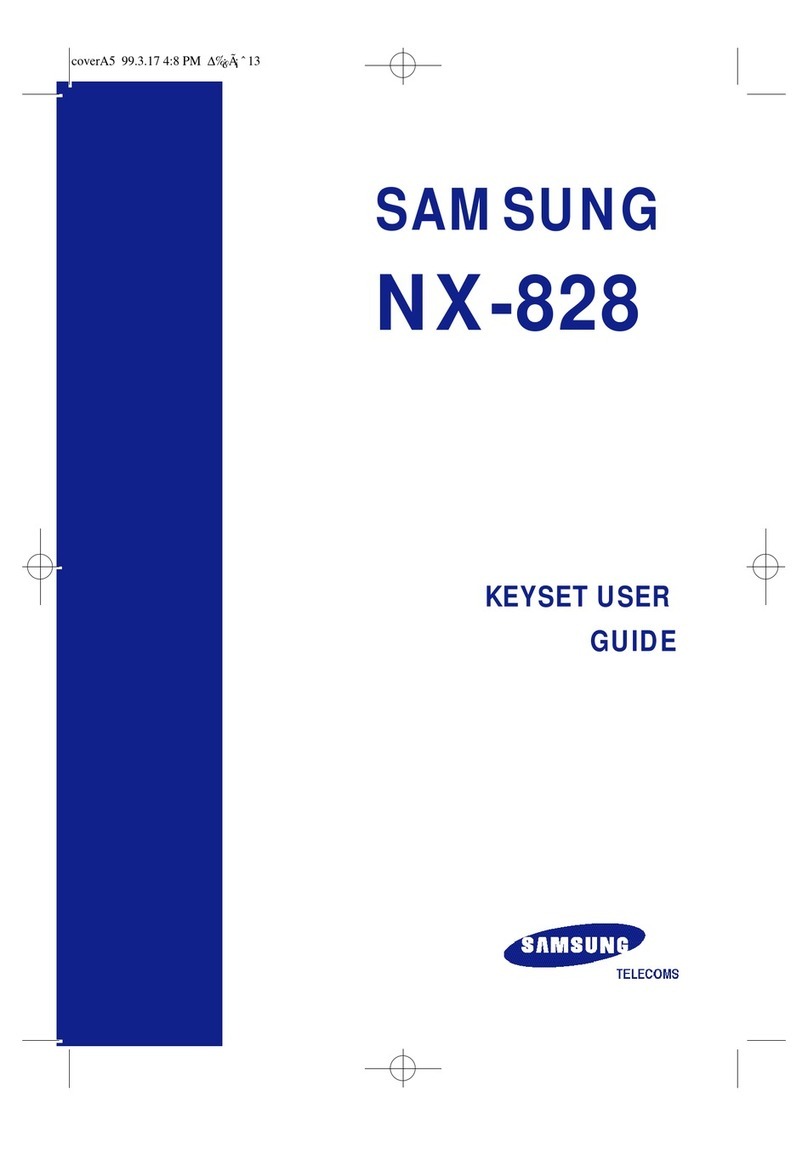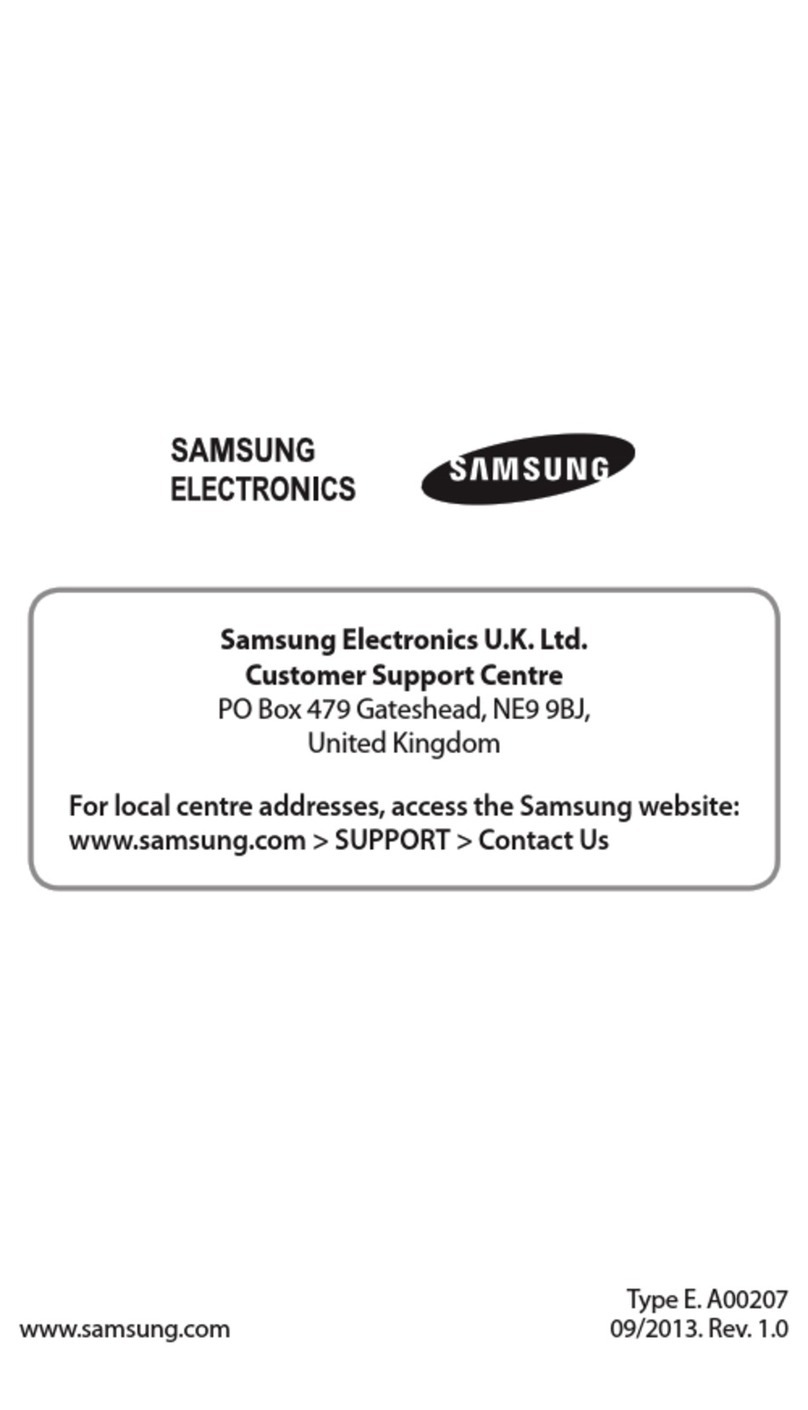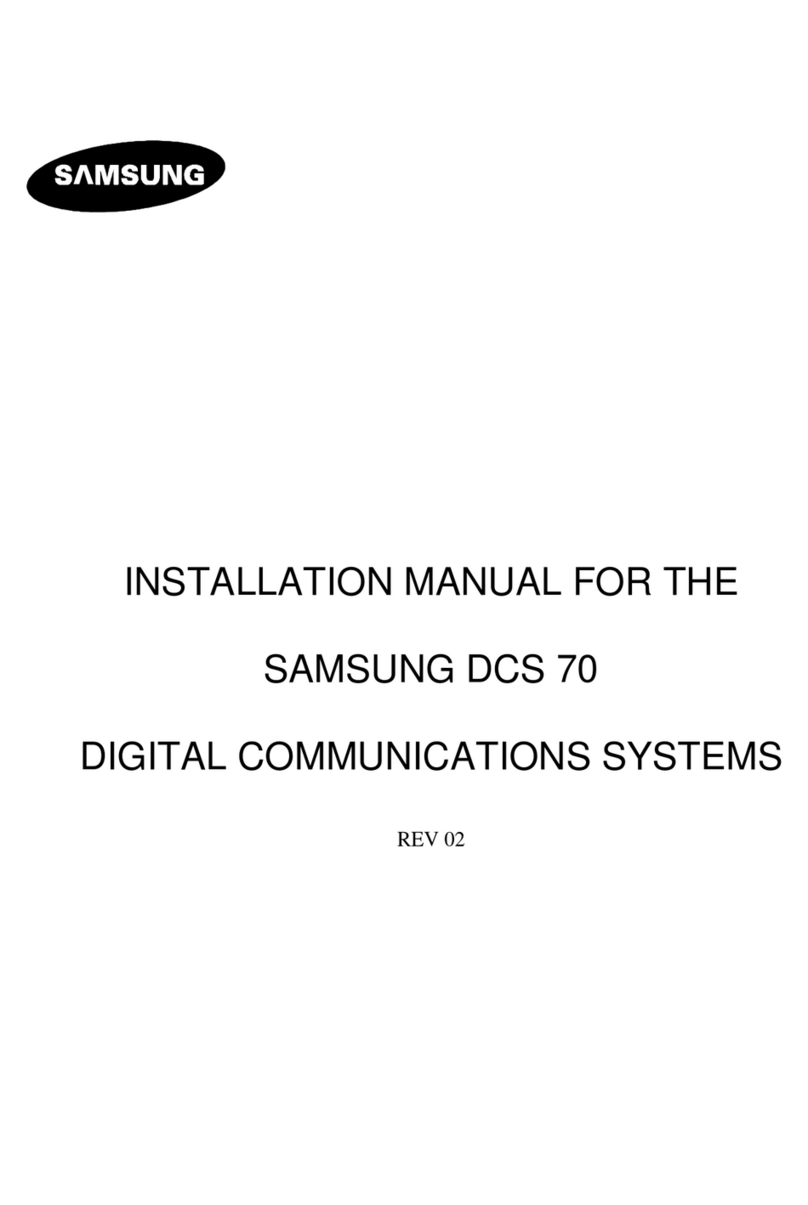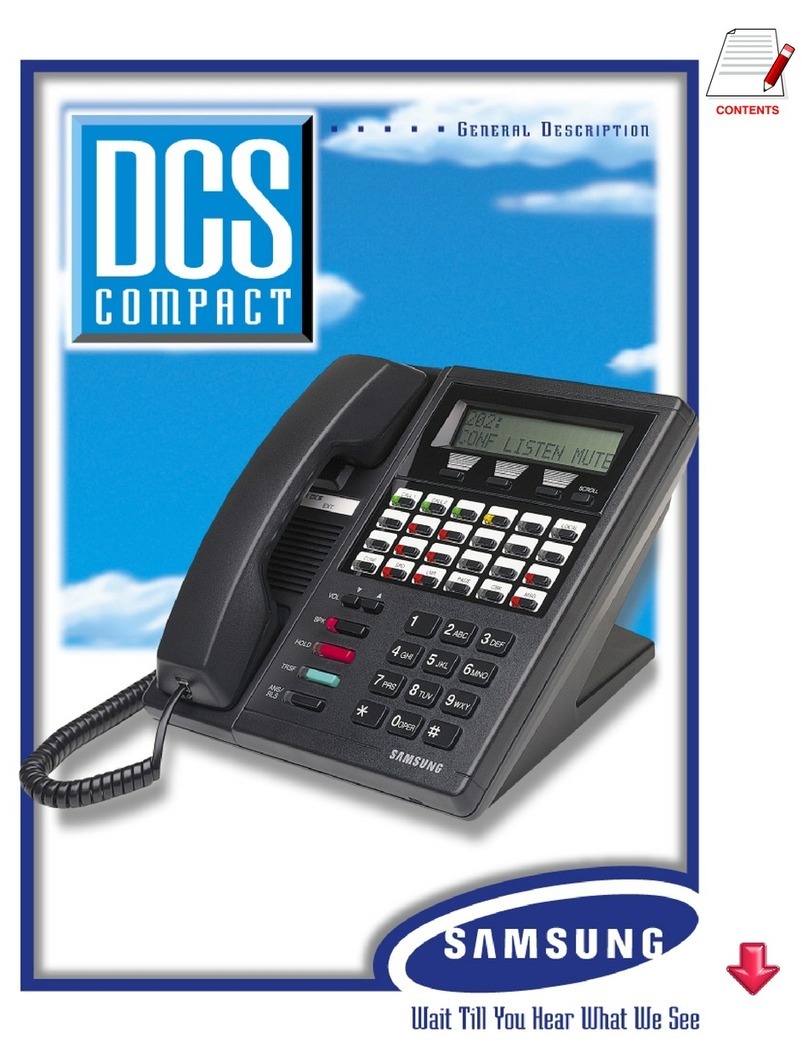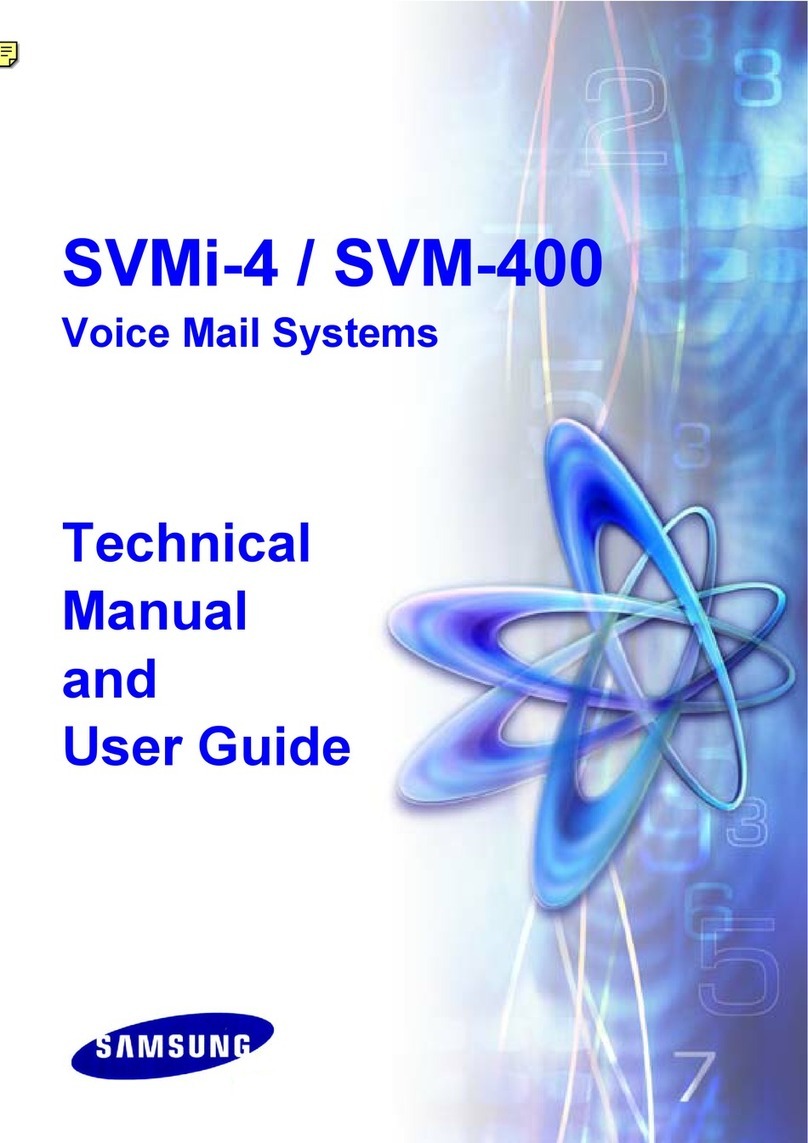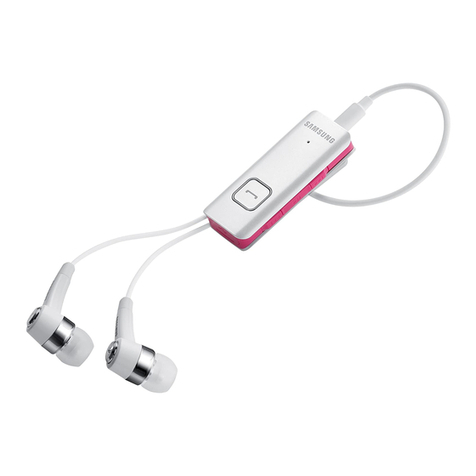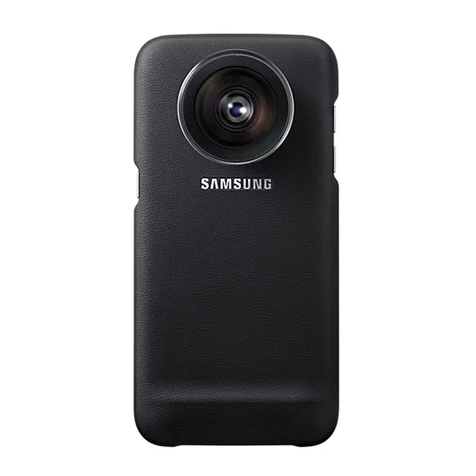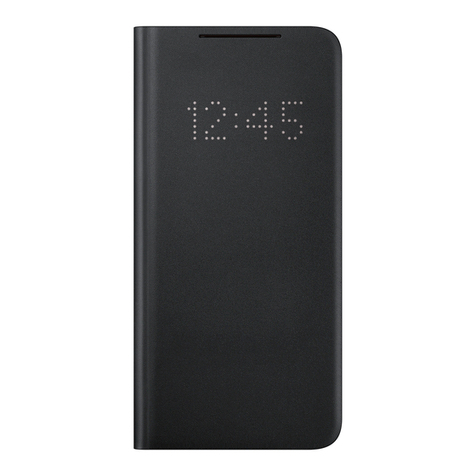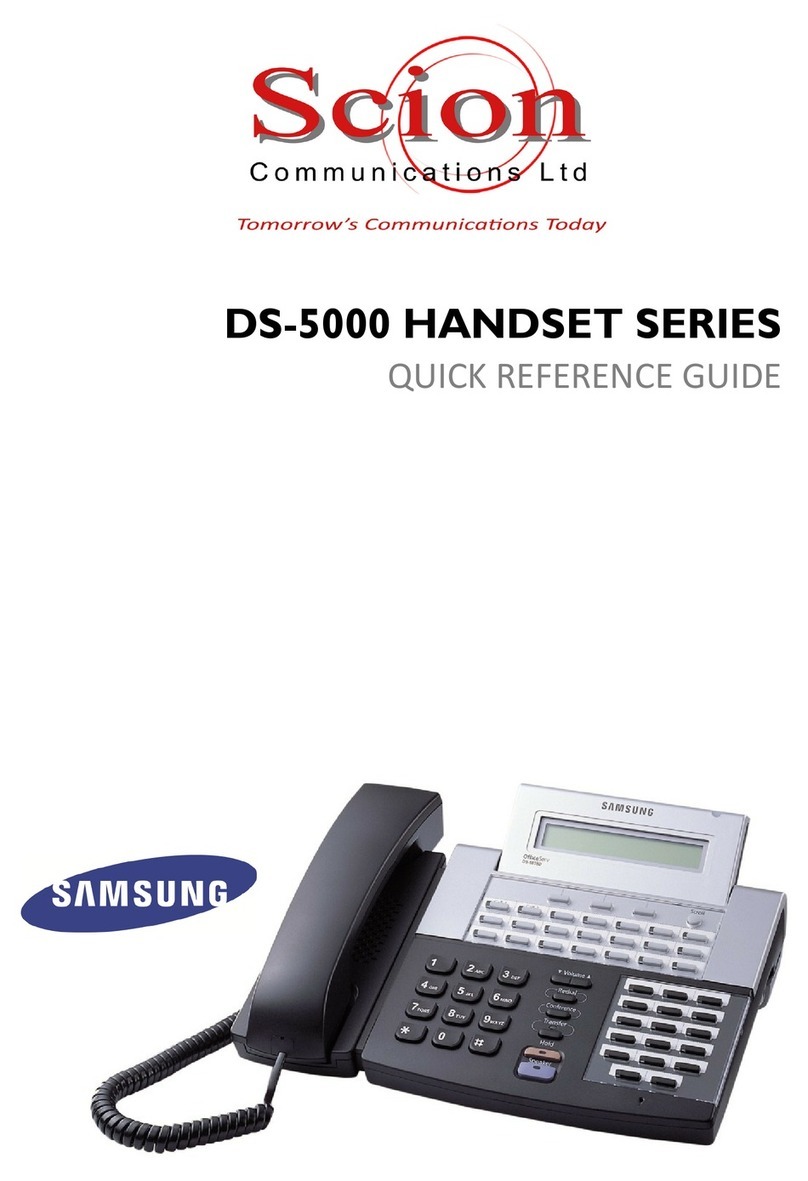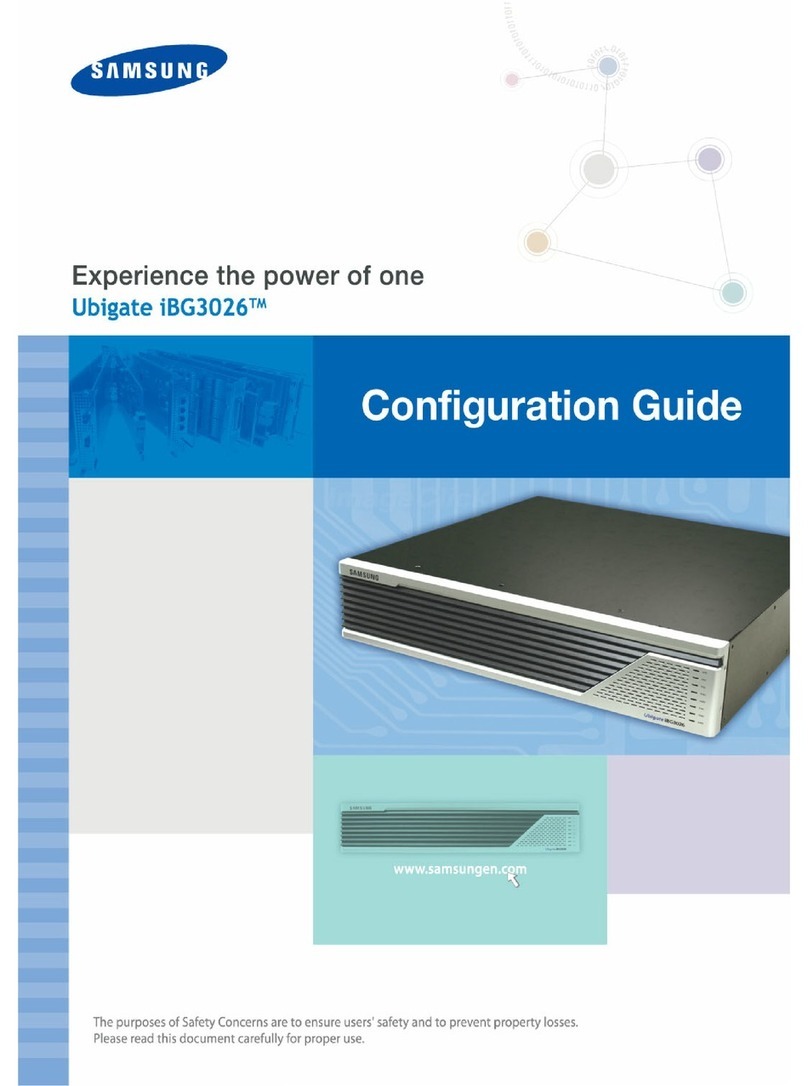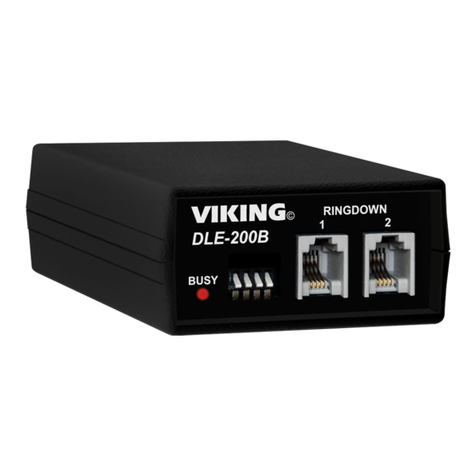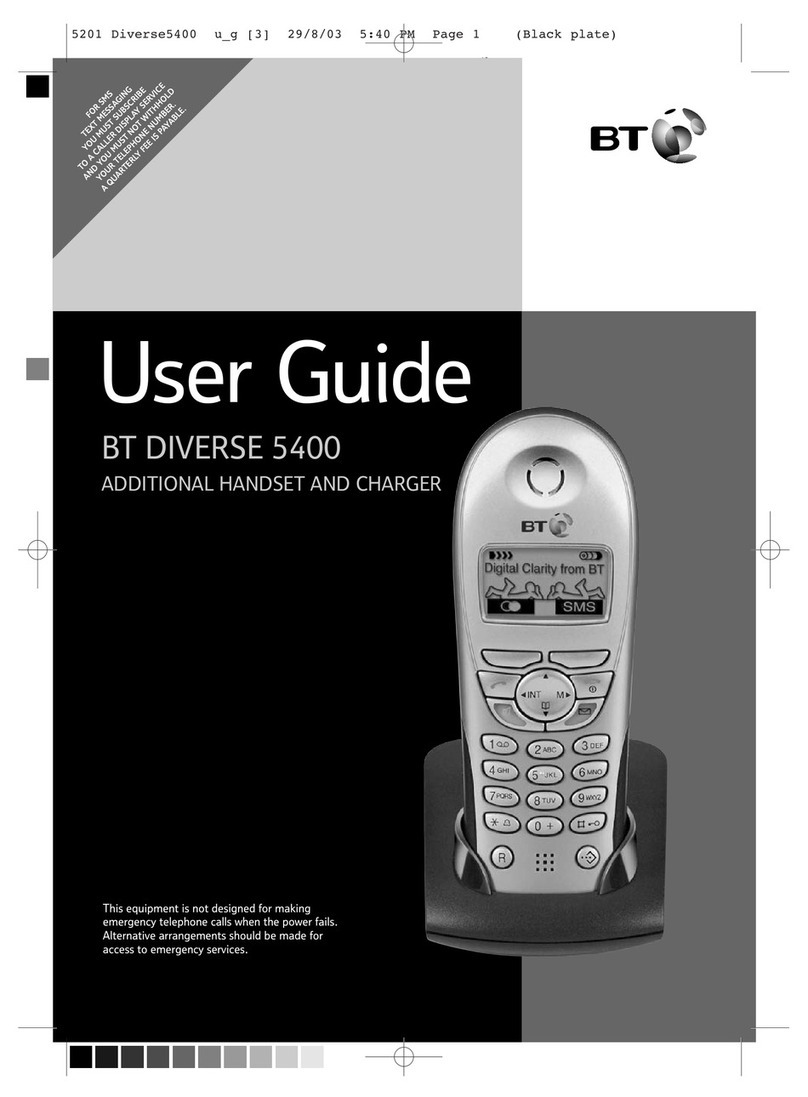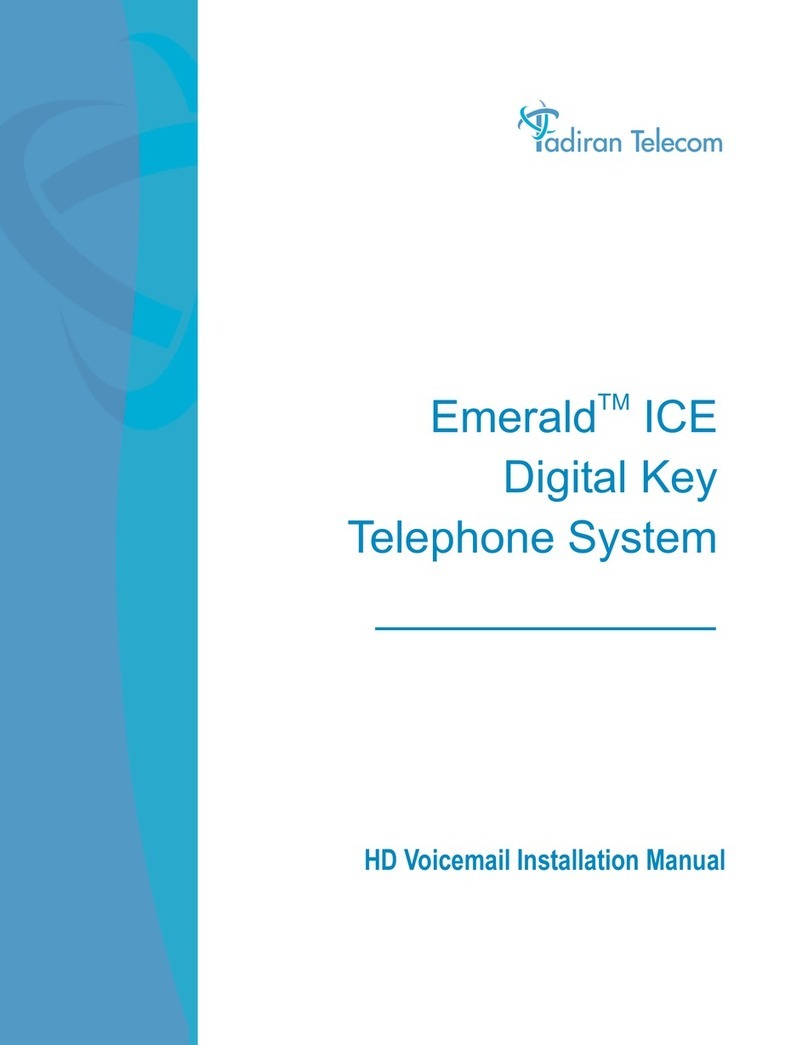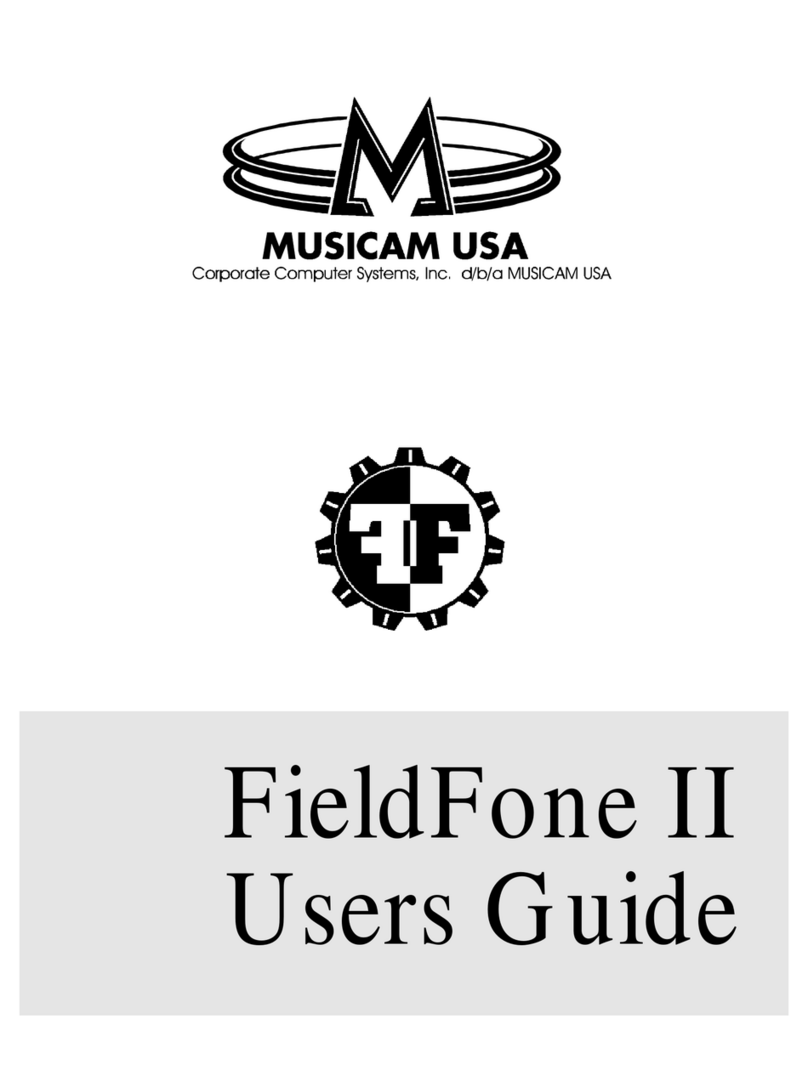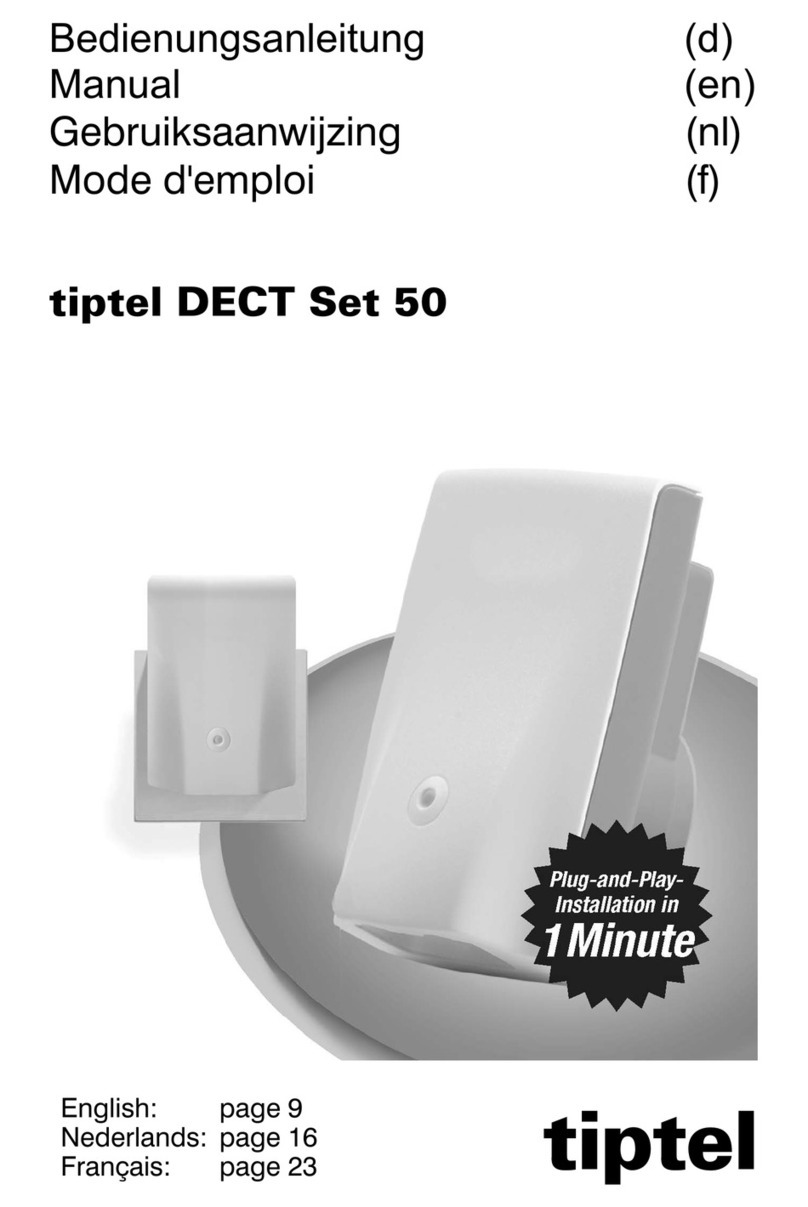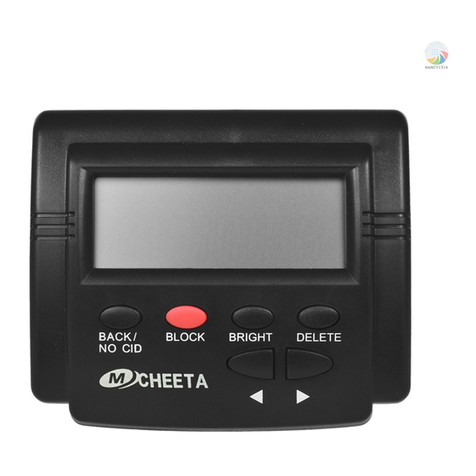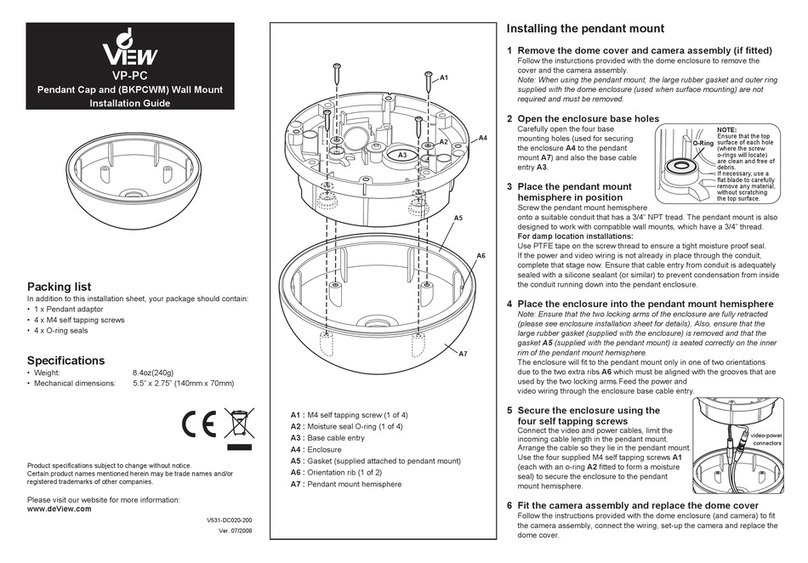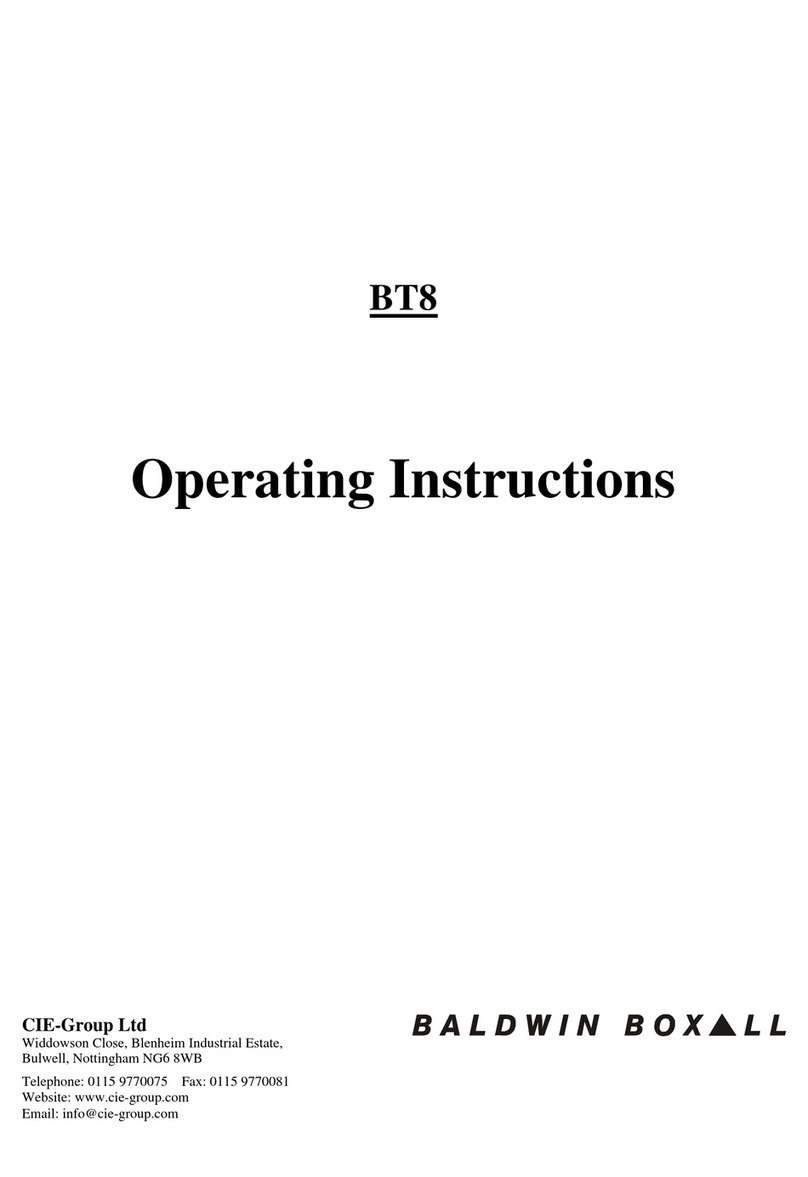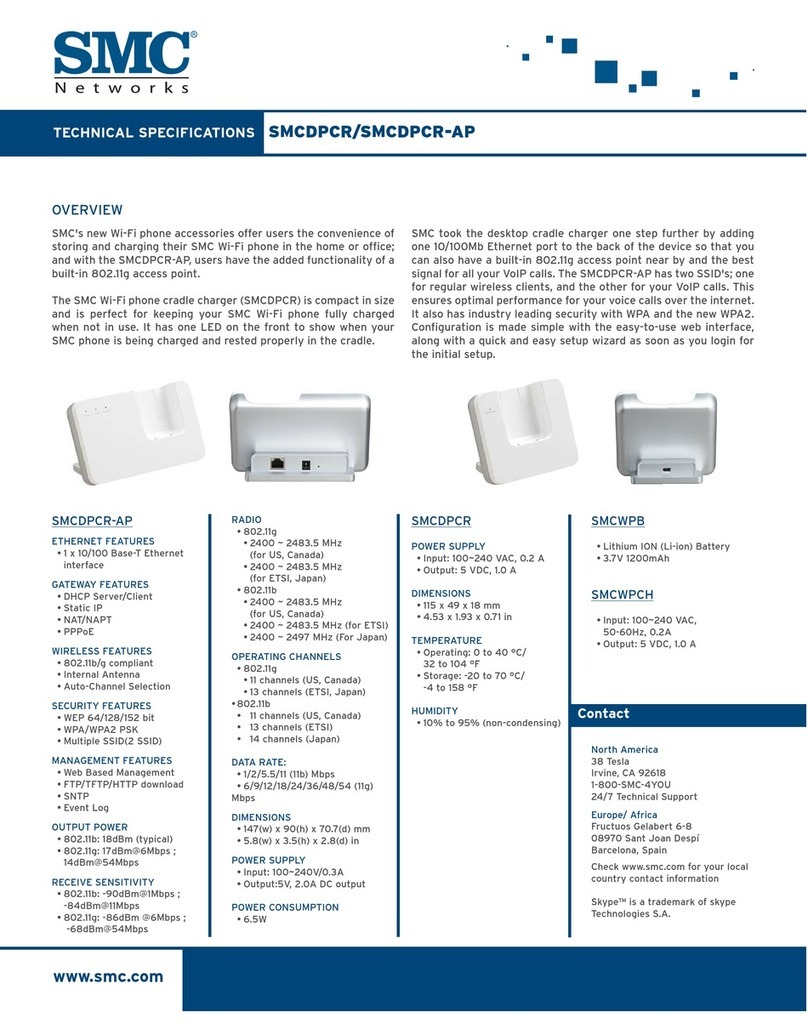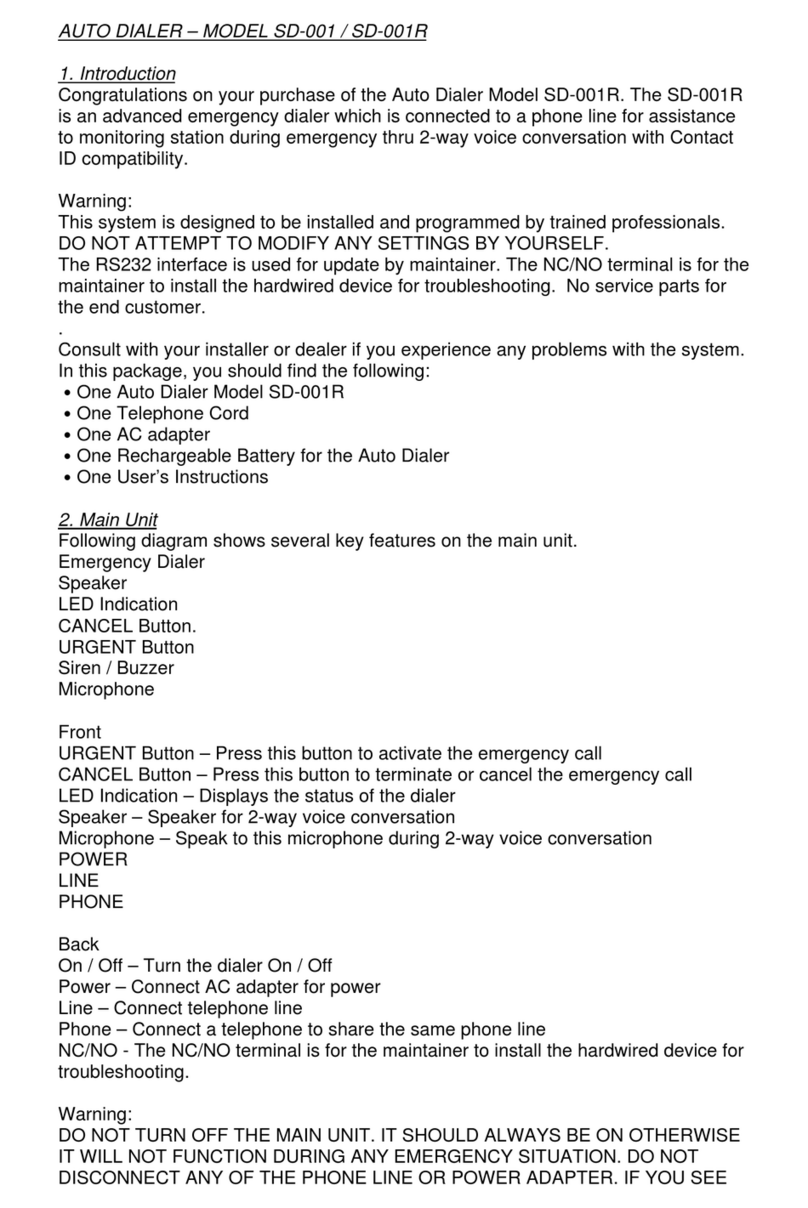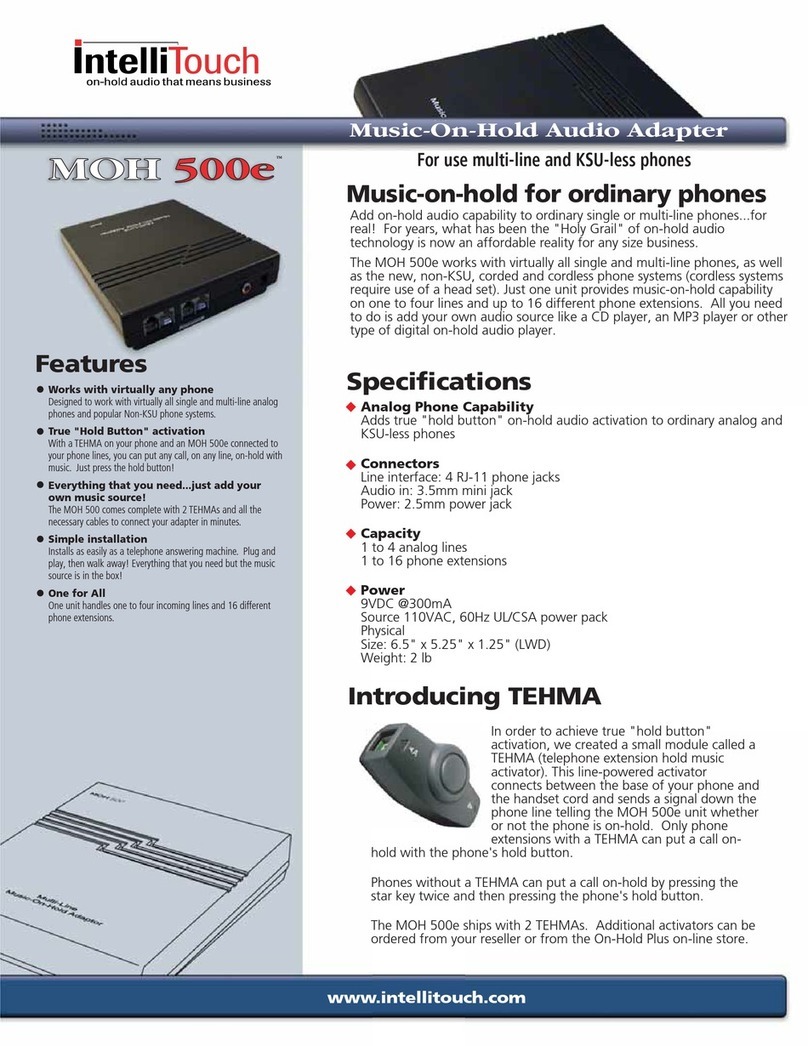
The OfficeServ 7400 can be rack-mounted in a standard 19” data rack or set on a desktop. Its compact cabinet
design, RJ-45 connectors, and CAT 5 cabling allows it to easily integrate into any data center environment along
with existing data equipment. Expanding the OfficeServ 7400 system is both economical and easy. Begin with a
single cabinet providing 10 universal card slots, then add up to two additional cabinets as your business grows.
Its low and high density card design allows greater flexibility when configuring a system for the right combina-
tion of lines and stations. A removable software cartridge (SmartMedia card) makes it convenient to upgrade to
future feature packages.
The OfficeServ 7400 offers a variety of interface cards that allow connection to the public telephone network or
to private networks using either analog or digital circuits. Proprietary digital phones called “keysets”connect to
Digital Line Interface cards (DLI). In addition to these conventional digital keyset, Samsung offers a complete line-
up of IP terminals. These IP terminals use the latest Voice over Internet Protocol (VoIP) technology and can be
deployed over LANs or WANs. They are ideal for distant (remote) locations providing all the benefits of the
OfficeServ 7400 to home workers and road worriers. Standard telephones generally called “single line sets” con-
nect to single line interface cards (SLI). In addition, DLI station ports are used to connect peripheral devices such
as door phones and add-on modules.Miscellaneous circuits are provided to allow such optional features as exter-
nal paging, music on hold, background music, and common audible devices.
All digital and IP telephones utilize a single PCB with surface-mounted components assuring the highest prod-
uct quality and long life. Samsung’s customary large, easy-to-read displays and LEDs in the button design make
them much easier to use. In many instances, sophisticated features are made simple through the use of friendly
display prompts or push-on/push-off feature keys.
The OfficeServ 7400 includes all of this, PLUS the same, robust, time proven, market tested feature package
offered on the OfficeServ 7200 and 500 products.
BENEFITS
• End to End Samsung components, Samsung Support and Samsung Training. The Ultimate in single source
Shopping and maintenance!
• Hardware migration from the 7200 to the 7400.
• Data modules communicate with the Main Processor. This integration allows the system to automatically
configure itself to accommodate the VoIP applications such as IP Phones and IP networking. This eliminates
all the problems associated with incorrect network configurations,firewall issues,and incompatibilities found
in 3rd party routers and switches.
• Ideal voice and data solution for greenfield deployments in a brand new office environment.
• The OfficeServ 7400 can also integrate into an existing office data network providing many solutions such as
isolating voice traffic onto the separate data network provided by the 7400.
• The OfficeServ 7400 networks (via SPNET over IP or Qsig over PRI) to other 7400’s or any OfficeServ 7200, 500
or 100 systems.
1.2
